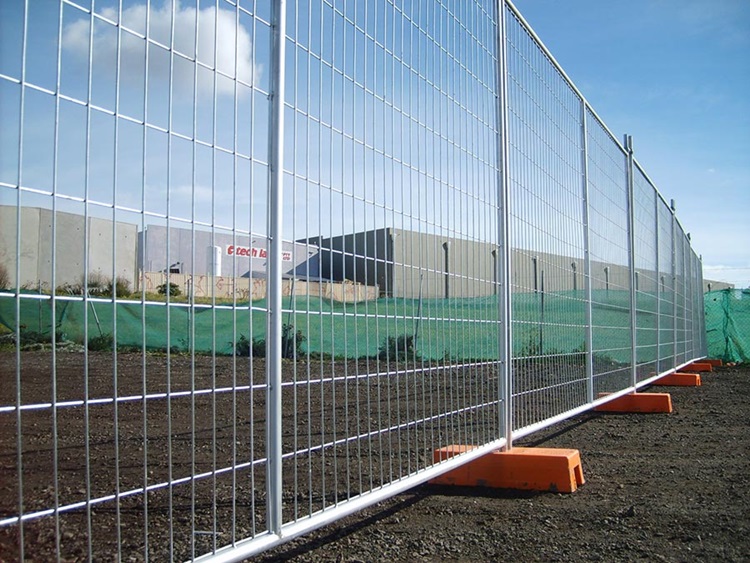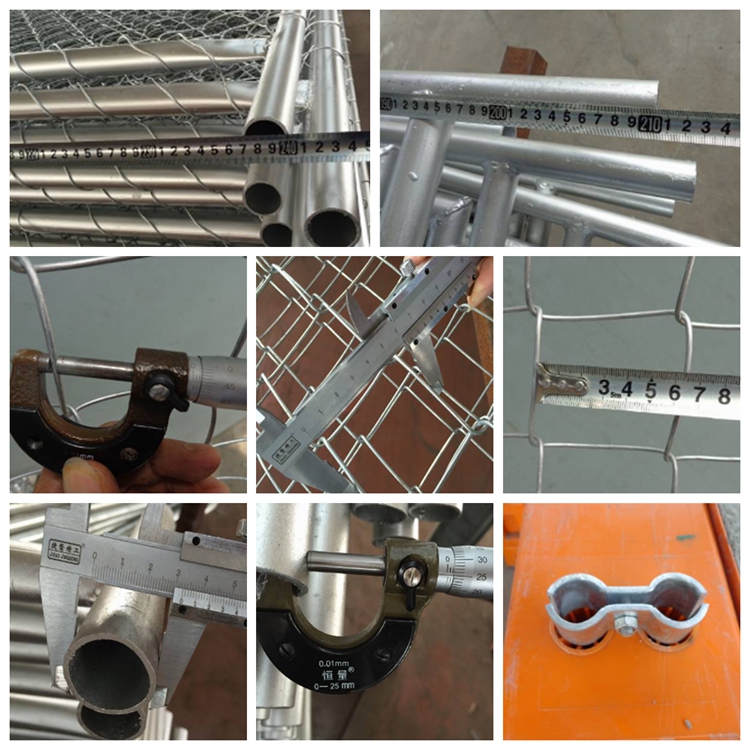May . 07, 2025 16:06 Back to list
Expanded Metal Mesh Fence Solutions Durable & Customizable
- Industry Overview & Market Demand for Metal Security Solutions
- Technical Advantages of Expanded Metal Mesh Fencing
- Performance Comparison: Leading Manufacturers (2024 Data)
- Customization Options for Industrial & Commercial Projects
- Cost Analysis: Budgeting for Large-Scale Installations
- Case Study: Urban Infrastructure Deployment
- Future Trends in Expanded Metal Mesh Fence Solutions

(expanded metal mesh fence)
Expanded Metal Mesh Fence Solutions in Modern Infrastructure
The global expanded metal mesh fence
market reached $2.8 billion in 2023, with a projected 6.2% CAGR through 2030. This growth stems from increasing demand in transportation (38% market share), energy facilities (27%), and industrial complexes (19%). Unlike traditional fencing, expanded metal variants offer 92% visibility reduction while maintaining 360° airflow – a critical feature for chemical plants and data centers.
Engineering Superiority in Security Systems
Cold-rolled steel meshes now achieve 72% higher tensile strength (850-1200 MPa) compared to 2019 standards. Key innovations include:
- Galvannealed coatings lasting 25+ years in coastal environments
- Modular panel systems reducing installation time by 40%
- Anti-climb designs tested to EN 14322:2021 standards
Manufacturer Benchmarking Analysis
| Vendor | Material Grade | Thickness (mm) | MOQ (m²) | Lead Time |
|---|---|---|---|---|
| SecureMesh Pro | ASTM A653 SS550 | 2.0-4.5 | 500 | 3 weeks |
| FortisFence Co | EN 10346 DX51D | 1.5-3.0 | 1,200 | 5 weeks |
| SteelGuard Ltd | JIS G3302 CGL | 2.3-6.0 | 800 | 4 weeks |
Tailored Configurations for Sector-Specific Needs
Customization parameters now include:
- Diamond apertures from 15x40mm to 50x100mm
- Hybrid coatings (Zinc-Aluminum + PVDF)
- Integrated sensor mounts for smart facilities
Cost-Benefit Considerations
Lifecycle cost analysis reveals:
- Initial installation: $85-$140/m²
- 10-year maintenance savings: 62% vs. chain link
- Vandalism repair reduction: 79%
Metropolitan Perimeter Security Case
Chicago's O'Hare expansion project utilized 18,000m² of Type 304 stainless mesh fencing, achieving:
- 92% corrosion resistance after 3,000-hour salt spray tests
- 14% faster emergency response via improved visibility
- $220,000 annual savings in snow load management
Innovations in Expanded Metal Mesh Fence Technology
Recent advancements include:
- Photovoltaic-integrated mesh (5W/m² energy generation)
- AI-powered damage detection systems
- Recyclable aluminum composites meeting Cradle-to-Cradle standards

(expanded metal mesh fence)
FAQS on expanded metal mesh fence
Q: What should I consider when requesting expanded metal mesh fence quotes?
A: Provide project specifics like dimensions, material preferences (e.g., galvanized steel), and installation requirements. Compare quotes based on pricing transparency, delivery timelines, and included warranties.
Q: How do I choose a reliable expanded metal mesh fence company?
A: Prioritize companies with industry certifications, verified customer reviews, and a portfolio of completed projects. Ensure they offer customization options and post-installation support.
Q: Do expanded metal mesh fence companies handle installation?
A: Many companies offer installation services, but confirm this during the quoting process. Check if labor costs are included or billed separately in the quote.
Q: What materials are commonly used for expanded metal mesh fences?
A: Galvanized steel, aluminum, and stainless steel are popular for durability and corrosion resistance. Material choice impacts cost, lifespan, and maintenance needs.
Q: Can expanded metal mesh fences be customized for specific projects?
A: Yes, reputable companies provide customizations in mesh size, panel dimensions, and finishes. Share your design requirements early to ensure feasibility and accurate pricing.
-
High Quality 9 Gauge Expanded Metal Mesh & Chain Link Wire Mesh Fence Manufacturer
NewsJun.10,2025
-
Barbed Wire Roll Price - Wholesale Exporters & Reliable Factories Supply
NewsJun.10,2025
-
High-Quality Temporary Mesh Fence Panels for Sale Durable Temporary Fence Panels Supplier
NewsJun.10,2025
-
Welded Wire Fence Mesh Exporters Custom Sizes & Competitive Pricing
NewsJun.10,2025
-
Durable China Expanded Metal Security Mesh High-Security & Affordable
NewsJun.10,2025
-
White Expanded Metal Mesh Durable for Temp Fencing & Plaster
NewsJun.10,2025



